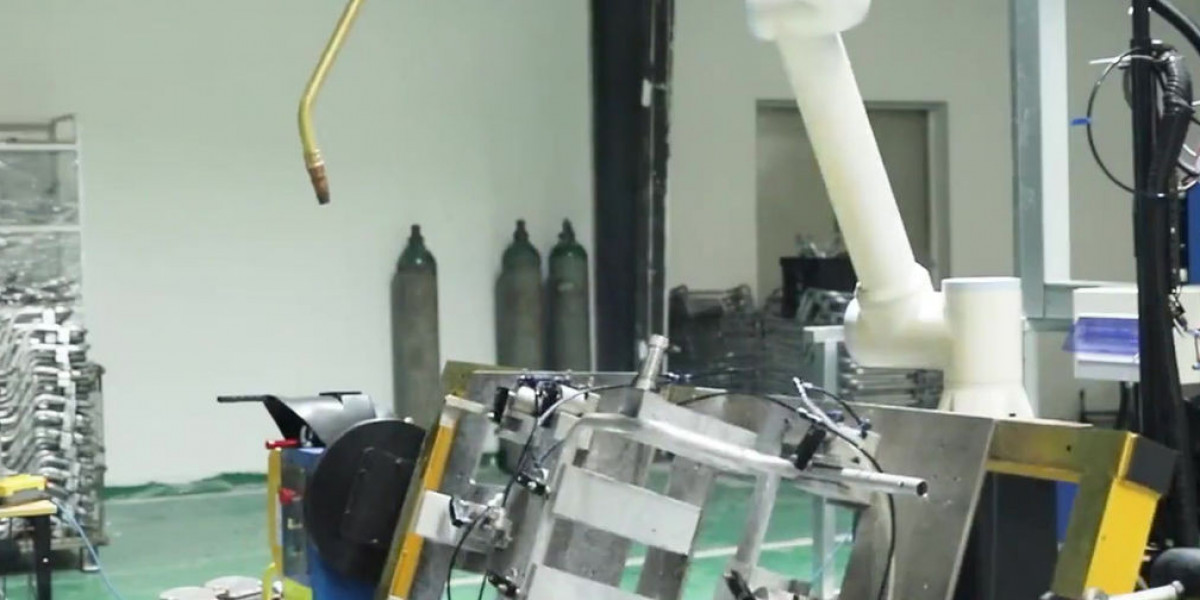Introduction
Hospital billing is a complex and often overwhelming process, involving multiple stakeholders, strict regulatory requirements, and ever-changing insurance policies. Whether handling inpatient or outpatient billing, hospitals face numerous challenges that can lead to revenue loss, claim denials, and administrative burdens.
Efficient inpatient and outpatient billing solutions are critical for overcoming these obstacles, ensuring timely reimbursements, and maintaining financial stability. In this blog, we will explore the most pressing challenges in hospital billing and practical solutions to address them.
1. Complex and Changing Regulations
Challenge:
Hospitals must comply with federal, state, and payer-specific regulations, including Medicare, Medicaid, HIPAA, and value-based payment models. Frequent updates to billing codes, documentation requirements, and compliance guidelines make it difficult for hospital billing teams to keep up.
Solution:
Implement automated compliance monitoring tools that update in real time with regulatory changes.
Provide continuous training for billing and coding staff on the latest industry updates.
Utilize certified medical coders and compliance officers to oversee billing practices and avoid penalties.
2. Inaccurate Medical Coding and Documentation Errors
Challenge:
Incorrect coding and documentation errors are among the top reasons for claim denials and delayed payments. Errors such as missing patient information, incorrect diagnosis codes, and improper procedural coding can result in revenue loss and increased administrative workload.
Solution:
Invest in AI-powered coding and billing software to detect and correct errors before claim submission.
Conduct routine audits to identify recurring documentation issues and provide targeted training to staff.
Encourage physicians to adopt electronic health records (EHRs) integrated with billing systems for accurate data entry.
3. Claim Denials and Rejections
Challenge:
Claim denials are a major setback in hospital billing, often due to incomplete patient information, coding errors, or lack of prior authorization. Denied claims require extensive follow-up, adding to administrative burdens and delaying revenue collection.
Solution:
Establish a dedicated denial management team to track, analyze, and appeal denied claims efficiently.
Automate eligibility verification and prior authorization checks to minimize errors before claim submission.
Implement predictive analytics to identify potential claim rejection patterns and take preventive action.
4. Coordination Between Inpatient and Outpatient Billing
Challenge:
Hospitals often struggle with coordinating inpatient and outpatient billing solutions, leading to confusion, duplicate charges, or misclassification of services. Inconsistent processes across different departments can lead to revenue leakage and compliance risks.
Solution:
Standardize billing procedures across all departments by using integrated billing platforms.
Ensure seamless data transfer between inpatient and outpatient services to avoid duplicate billing and errors.
Train staff on distinguishing between inpatient and outpatient services for accurate classification and reimbursement.
5. Insurance Verification and Patient Eligibility Issues
Challenge:
Insurance verification is crucial for ensuring proper reimbursement. However, hospitals often encounter issues with outdated patient information, coverage limitations, or changes in insurance policies, leading to claim denials or underpayments.
Solution:
Use real-time insurance verification software to check patient coverage at the time of admission.
Implement pre-authorization workflows to reduce last-minute surprises in coverage.
Educate patients about their insurance responsibilities and coverage limits to prevent disputes.
6. Revenue Cycle Inefficiencies
Challenge:
Poor revenue cycle management (RCM) can result in delayed payments, increased outstanding accounts receivable, and financial instability for hospitals. Inefficiencies often arise from fragmented billing systems, lack of automation, and manual processing errors.
Solution:
Implement comprehensive inpatient and outpatient billing solutions that automate claims submission and payment processing.
Use data analytics to track key performance indicators (KPIs) such as claim acceptance rates and collection timelines.
Outsource revenue cycle management to professional billing firms that specialize in hospital billing.
7. Patient Payment Collection Challenges
Challenge:
With rising healthcare costs, many patients struggle to pay their medical bills, leading to higher bad debt and lower hospital revenues. Hospitals also face difficulties in collecting co-pays and deductibles upfront.
Solution:
Offer flexible payment plans and financing options to help patients manage medical expenses.
Implement online payment portals for easier bill payments and automated reminders.
Improve price transparency by providing patients with cost estimates before treatment.
8. Data Security and Fraud Prevention
Challenge:
Medical billing fraud, including upcoding, phantom billing, and identity theft, poses significant financial and legal risks for hospitals. Additionally, data breaches can compromise patient information, leading to HIPAA violations and reputational damage.
Solution:
Implement robust cybersecurity measures such as encryption, multi-factor authentication, and access control.
Conduct regular internal audits to detect suspicious billing patterns and fraudulent activities.
Educate staff on data security best practices and compliance with HIPAA regulations.
9. Managing High Volumes of Claims
Challenge:
Large hospitals process thousands of claims daily, making it difficult to manage billing workflows efficiently. The sheer volume of claims increases the risk of errors, backlogs, and processing delays.
Solution:
Automate claim submission and tracking through AI-driven billing platforms.
Utilize robotic process automation (RPA) to handle repetitive tasks like data entry and claim validation.
Assign specialized billing teams to oversee high-priority claims and expedite processing.
Conclusion
Hospital billing is a multifaceted process that requires precision, efficiency, and compliance. The challenges faced by hospitals—from regulatory changes to claim denials and revenue cycle inefficiencies—can significantly impact financial performance and patient satisfaction. However, with the right inpatient and outpatient billing solutions, hospitals can streamline their billing processes, improve revenue cycle management, and reduce administrative burdens.
By investing in advanced billing technology, ensuring staff training, and adopting best practices, hospitals can overcome these challenges and create a more efficient and financially sustainable healthcare system.









